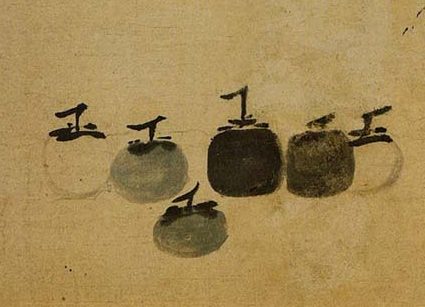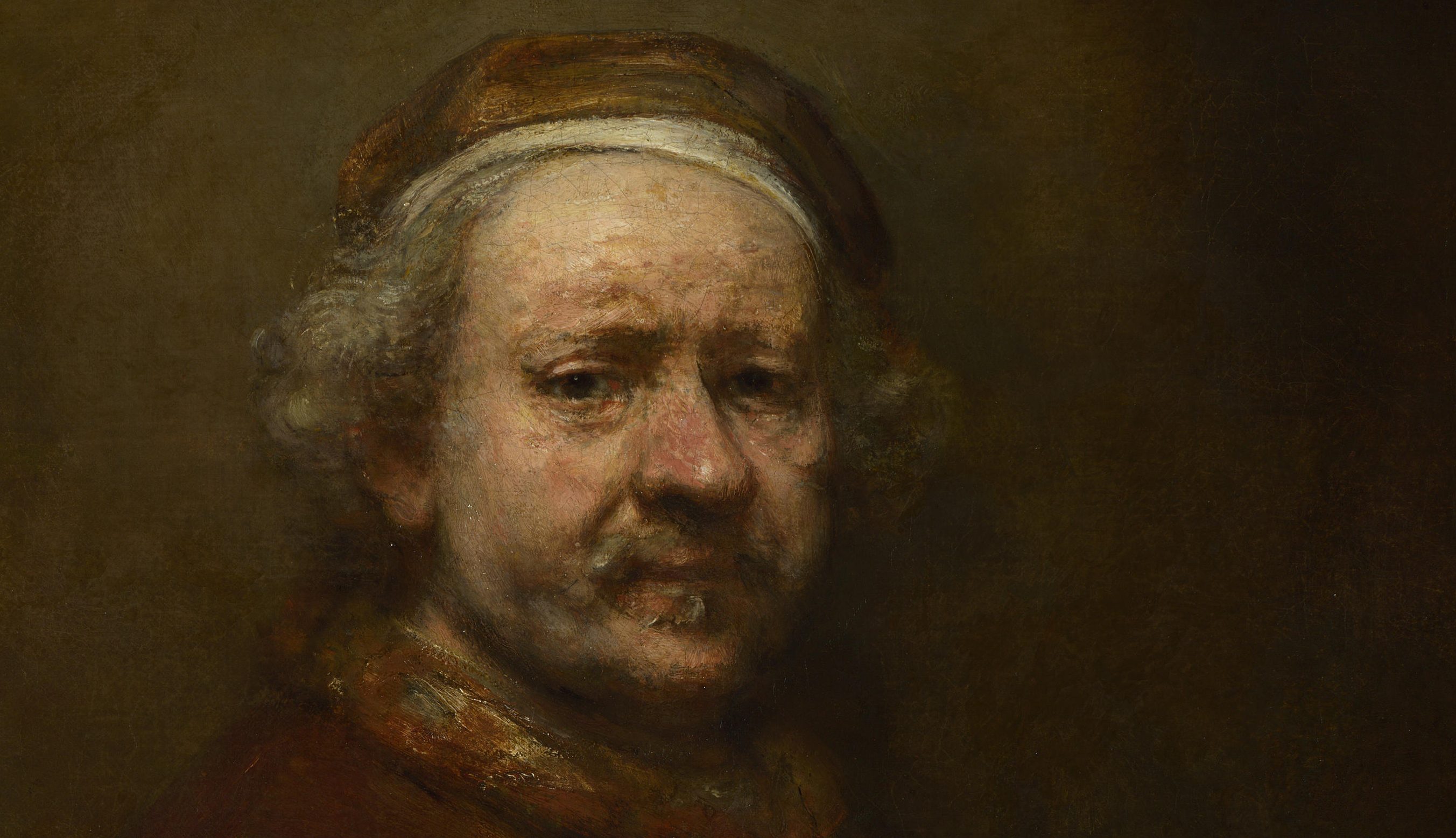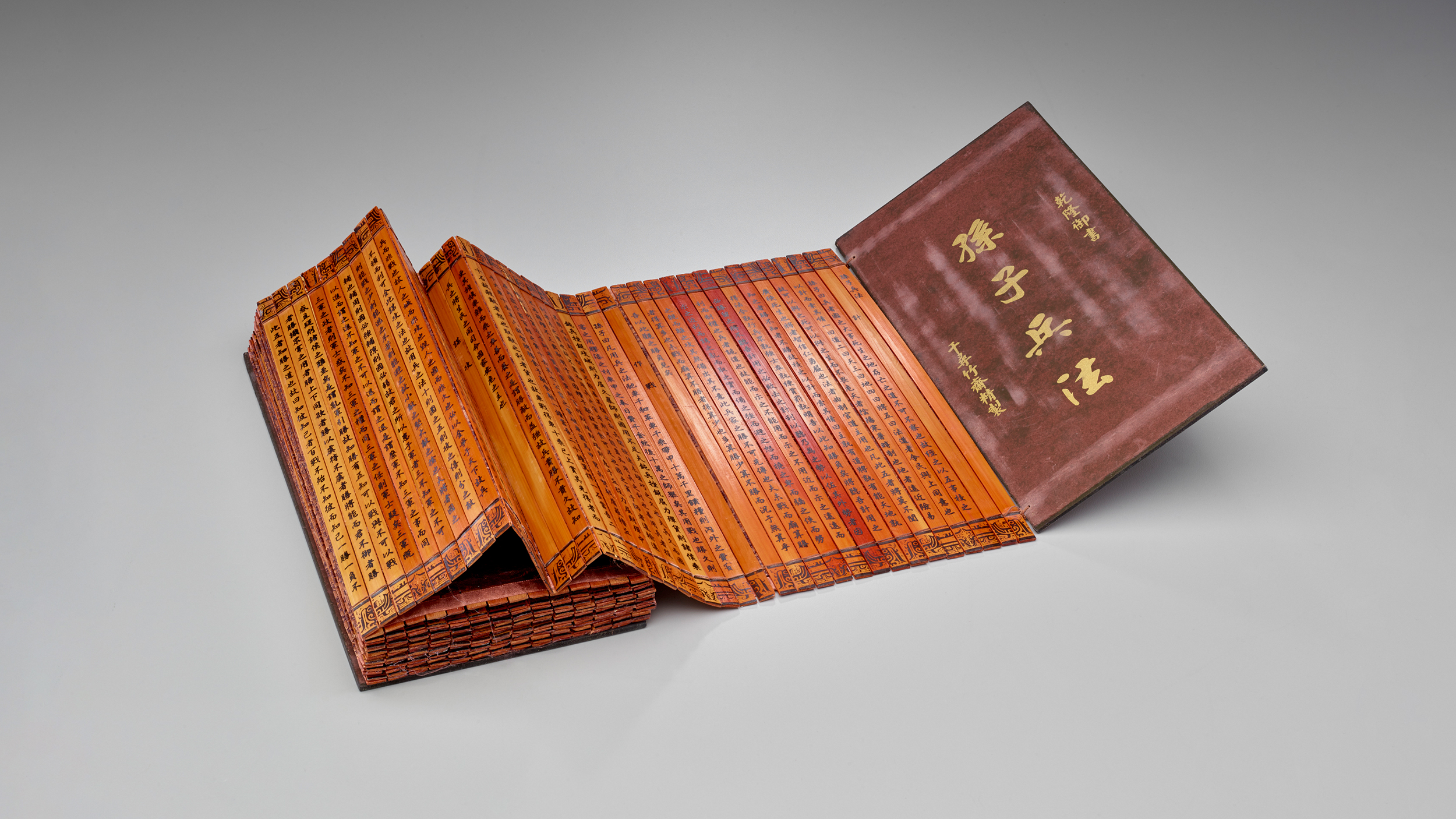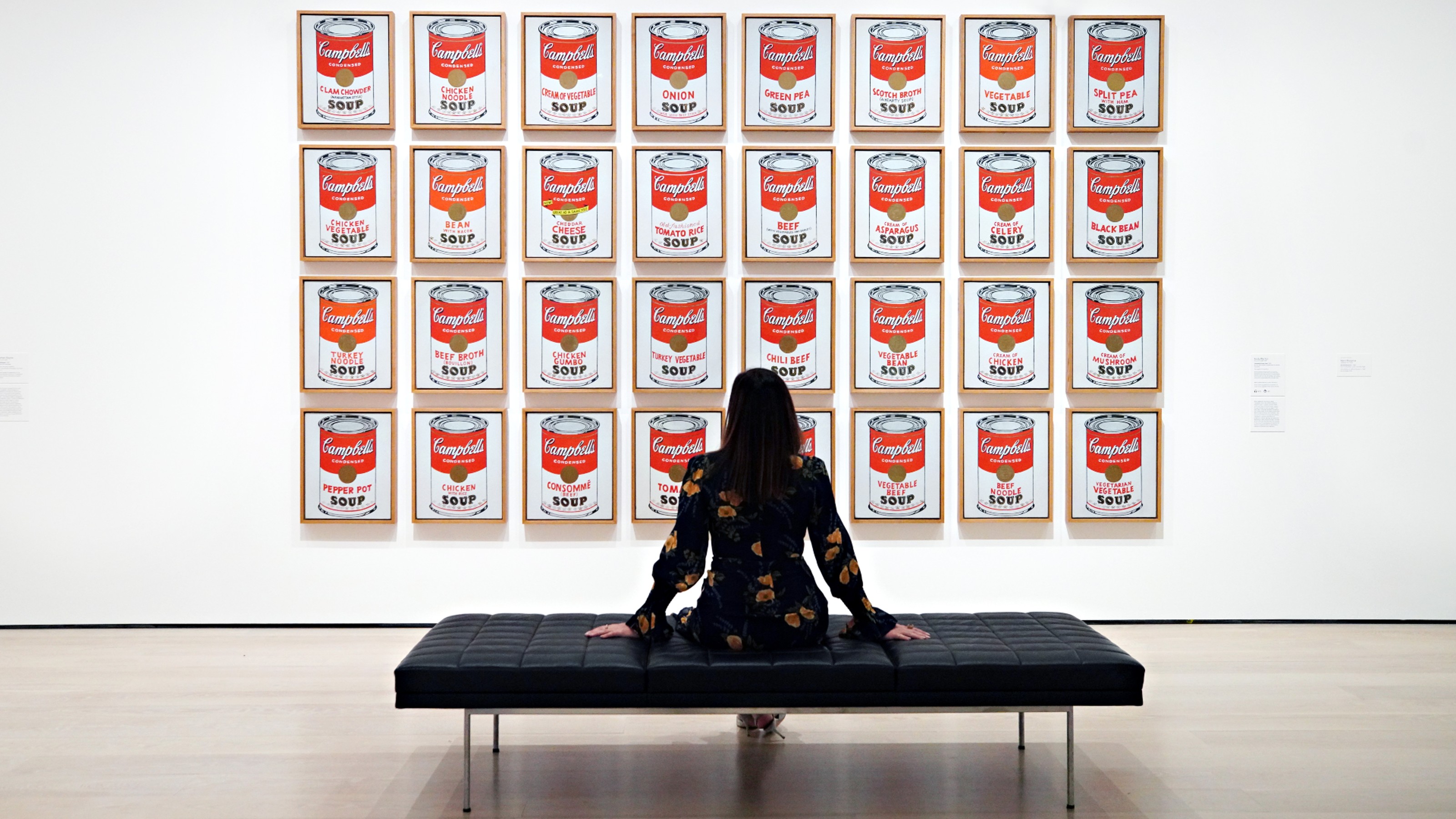Target Practice
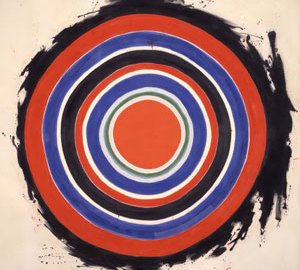
The American art scene lost one of the great, yet forgotten artists of the twentieth century last Tuesday with the passing of Kenneth Noland at 85 years of age. One of the Color Field painters, the abstract art movement christened by influential critic Clement Greenberg as the true successor to the Abstract Expressionism of Jackson Pollock and Willem de Kooning, Noland enjoyed his greatest success in the late 1950s and early 1960s, only to become collateral damage when Greenberg tumbled from the apex of the critical world and he and the rest of the Color Field painters became targets, too.
Of all the Color Field artists, Noland’s art may suffer the most in reproduction. A painting such as 1958’s Beginning (pictured) seems like a mass-produced target. However, seen in person, you experience the textures and nuances of the work that made it a different kind of expressionism from the wild days of “Jack the Dripper.” Helen Frankenthaler, Robert Motherwell, Morris Louis, and others all suffer from the “I could do that” brand of uninformed art criticism. That criticism makes their treatment at the hands of critics who knew better all the worse.
Greenberg treated art criticism as a gladiatorial sport. Pollock was his champion, slashing his way to the top. When Jackson found an early grave, Clement searched for a new champion, finding one in the Color Field group—a name he himself coined, like the manager of a British Invasion band. So synonymous was Clement and the Color Fielders that his enemies became their enemies. When the Warholian irony of the Pop Art movement ran neck deep in art circles, art critics, like any self-respecting mob, piled on the alpha figure of Greenberg. Then, like any self-respecting mob, mafia division, they went after those he loved, including Noland.
Noland’s greatest innovation remains his use of shaped canvases. He made it no longer hip to be square in the use of painting supports, customizing the shapes of canvas into triangles, diamonds, and polygons of all kinds. What seems like a small change today was groundbreaking at the time. Many other artists have followed suit since, literally adding a whole new dimension to their art thanks to Noland. As with the simple geometric patterns he painted, Noland’s simple use of shapes other than squares and rectangles quietly, subtly, and almost imperceptibly left a mark on modern art.
Perhaps Noland’s death will restore some of his well-earned reputation, but aside from a few column inches in TheNew York Times, this will probably be just another blip on the cultural radar at large. The critics took their toll long ago, but the effects remain the same. For many casual art lovers, a strange void exists between the days of the Abstract Expressionists of the Fifties and the Pop Art of the Sixties. Noland and others filled that void once, and may again.
